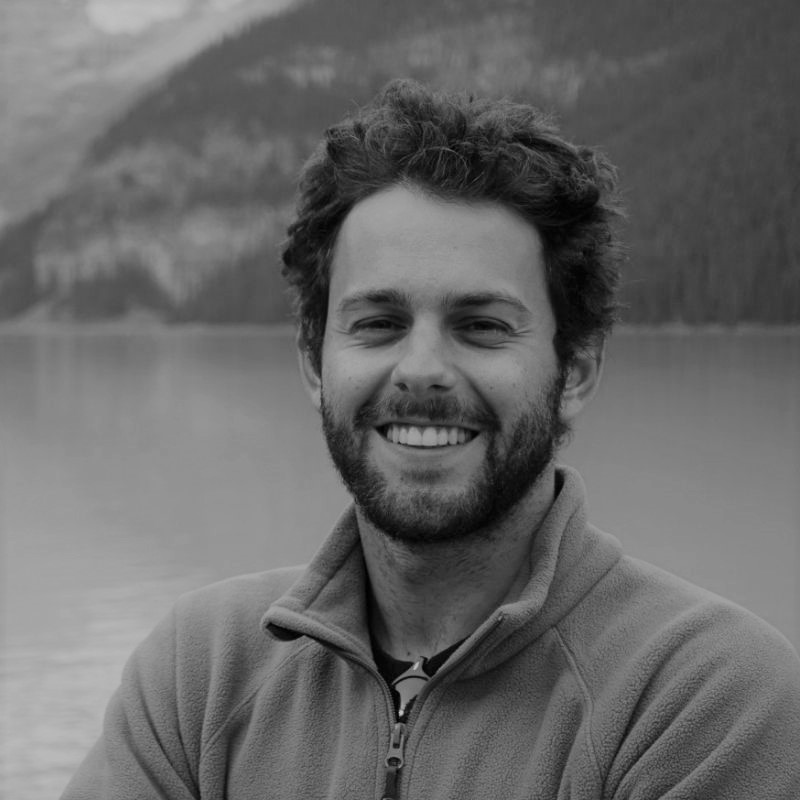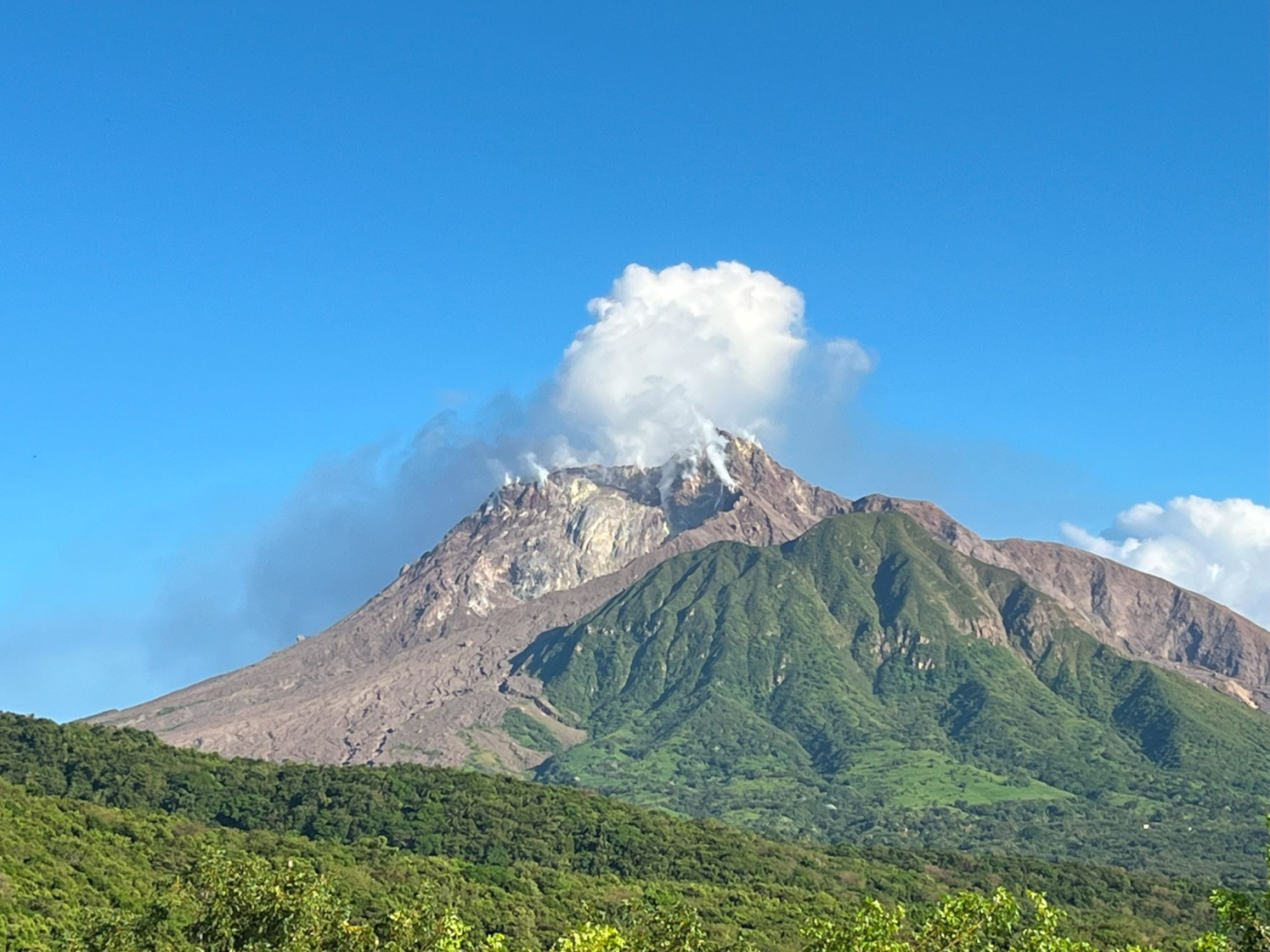Soufrière Hills is a 1,467-metre volcano that dominates the Caribbean Island of Montserrat in the Lesser Antilles archipelago. Following a series of devastating eruptions between 1995 and 1997, the now dormant volcano is so abundant in geothermal heat that it could potentially meet the entire island's energy demand. However, two economic issues arise with the extraction project. Firstly, for an island with a population of 4,000, constructing a 2-megawatt geothermal plant does not make much sense because it lacks scalability. Secondly, due to the project's small scale, the cost of electricity would become prohibitive for most inhabitants.
According to Jonathan Blundy, an earth scientist at Oxford University and Director of the Oxford Martin Program, to make the project economically viable, geothermal energy alone is insufficient; more is needed. Consequently, he and his research team have spent several years studying how to extract fluids rich in critical minerals, such as copper, lithium, and cobalt, from volcanoes. "This is a new mining frontier that combines metal mining with geothermal energy," Blundy explains to Renewable Matter, "in a way that drastically reduces the environmental impact compared to conventional mining."
Kakkonda geothermal plant, Japan. This is the site of a 3.7 km deep research well drilled in 1995, reaching a bottom-hole temperature of 510 °C. Kakkonda is presently a conventional 50 MW geothermal power plant with wells reaching approximately 1.5 km depth. It has been proposed as a location for supercritical geothermal power production in the near future. The supercritical geothermal fluids will be rich in a variety of metals, including copper, gold and zinc. Co-recovery of these metals alongside the heat could have a significant benefit for the economics of geothermal power production
Supercritical fluids, the new frontier of volcanic green mining
Some geologists refer to it as green mining. To understand how the process works, it is important to note that volcanoes emit large quantities of mineral-rich gases into the atmosphere. These gases are released from magma, the molten rock located miles deep in the Earth's crust, and they rise to the surface, transforming into steam and geothermal frost. While the steam escapes from the volcano, the frost, which retains most of the minerals, accumulates in so-called magmatic brine lenses, a type of underground pool that reaches temperatures of 400°C.
"If we were able to drill through the rocks above the magma chamber and reach the frost, we would not only obtain dissolved metals in a thick liquid but also harness geothermal heat ‒ a win-win solution," Blundy explains. He and his colleagues estimate that a single magmatic brine lens formed over 10,000 years could contain 1.4 megatonnes of copper. To estimate this, they used geophysical techniques that exploit the electrical conductivity of minerals, enabling the detection of conductive bodies even kilometres deep. The minerals present vary depending on the type of volcano and magma, but they tend to encompass most of the periodic table.
In a paper published on the website of the prestigious scientific society, The Royal Society of London, it is stated that supercritical geothermal has the potential to become a more sustainable method than traditional mining, which generates massive piles of waste rock and consumes significant amounts of energy. The prospect of extracting metals dissolved in solution would reduce both mining and refining costs while harnessing geothermal energy would also cut carbon dioxide emissions.
The risks of supercritical geothermal
Drilling rock up to 2 kilometres deep, where temperatures exceed 450°C, clearly involves risks. Although the drilling technology has been known for some time, scientists at Oxford University emphasise the need to make the wellbore robust and to use corrosion-resistant materials. "The process is technologically within reach," reassures Blundy, "and since we only work with dormant volcanoes, the risk of triggering an eruption is very low. The dangers mainly involve the reinjection of fluid back into the subsurface. You have to be very careful not to lubricate the faults and create so-called induced seismicity." On a couple of occasions, in Iceland and Hawaii, the drilling went all the way down to the magma, causing small eruptions. According to Blundy, this was nothing apocalyptic, but eruption risk should always be assessed and monitored.
The Oxford Martin Program project has also tested several geothermal systems in Japan, Italy, Indonesia, and Mexico, confirming the potential of geothermal brines as sources of critical metals. Today, supercritical geothermal energy in volcanic areas is more than just an academic suggestion, but it will be more than a few years before we see the extraction of the first tons of geothermal fluids.
This article is also available in Italian / Questo articolo è disponibile anche in italiano
Cover image: Soufriere Hills Volcano on Montserrat. The hot jets of steam (called ‘fumaroles’) emerging from the summit testify the presence of heat and volatiles (H2O, CO2) beneath the volcano. The counterpart to the hot steam from the fumaroles is metal-rich brine trapped at depths of 2 to 4 km below surface. These brines take the form of lenses that can be imaged using geophysical methods, such as electrical resistivity or seismic waves



